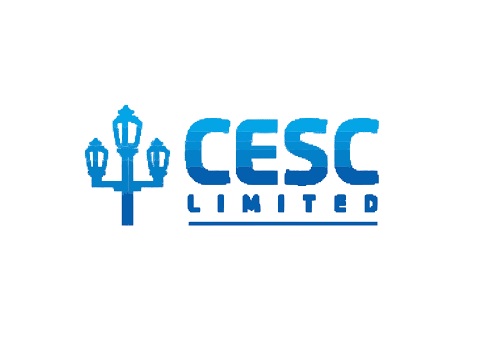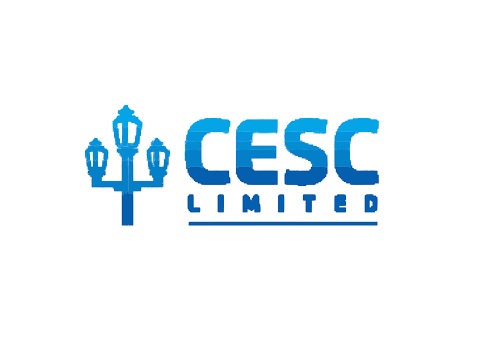Insurance Sector : The Insurance Laws (Amendment) Bill, 2022: Aiming for growth and disruption, by empowering the Regulator By Emkay Global

Follow us Now on Telegram ! Get daily 10 - 12 important updates on Business, Finance and Investment. Join our Telegram Channel
https://t.me/InvestmentGuruIndiacom
Download Telegram App before Joining the Channel
With the aim to increase insurance penetration and enable product innovation, the government of India (GoI) has proposed amendments to the Insurance Act, 1938 and the Insurance Regulatory and Development Authority Act, 1999. The proposed amendments broadly empower sector-regulator IRDA to take most decisions related to the sector on an ongoing basis, by removing and modifying a number of existing regulatory specifications as static reference in the various sections of the Act itself, as well as inserting some new sections. Key areas of amendment: 1) Removing static capital limit for starting an insurance company. 2) Moving away from the idea of Life, General and Health as being the only separate category of an insurance company and opening up the possibility of a sub-class (Motor, Fire, etc) and composite (mix of more than one class/sub-class) insurer. 3) Allowing insurers to earn from ancillary services, including distribution of other financial products. 4) Relaxed regulation on stake transfers. 5) Introduction of captive insurer. 6) Removal of Investment and Agent-related regulatory specification from the Act. Overall, the proposed amendments are aimed at facilitating growth and development of the insurance sector by endowing the regulator with increased power for dealing with the numerous operating aspects of the sector on a dynamic basis, without need for amendments to the Act. Similar to the steps in recent the IRDA exposure drafts (Read: IRDAI – Insuring India by 2047: Barking up the wrong tree; Revised Exposure Draft on EoM and Commissions: Increased flexibility for insurers), the proposed amendments to the Act attempt to address a number of issues on the supply front, by facilitating easier entry of newer insurers of various sizes and specializations. However, unless the regulator and the players acknowledge and address such issues, which hinder demand for insurance products (especially life insurance), the reforms on the supply front will not catalyze long-term sustainable growth in the sector, in our view.
* Proposal of major amendments to the Insurance Act, 1938 and the IRDA Act, 1999: In view of the changing needs of the insurance sector, the GoI did a comprehensive review of the legislative framework governing the sector, in consultation with the IRDAI and the industry. Based on a number of suggestions for enhancing insurance penetration, improving efficiency, and enabling product innovation & diversification, the GoI has proposed major amendments to the Insurance Act, 1938 and to the IRDA Act, 1999. The proposed amendments include various measures, such as opening up registration to various classes, sub-classes and types of insurers (including composite and captive insurers), with appropriate, minimum capital-requirements, as specified by the IRDAI, allowing services to insurers that are incidental or related to the insurance business as well as to distribution of other financial products, as specified by the IRDAI, enabling newer channels of distribution, providing for efficient use of capital and resources, etc. Importantly, the amendments aim to remove a number of specifications codified in the Act and empower the regulator to decide as is deems prudent. This is a welcome move and authorizes the regulator to take dynamic decisions without need for amending the Act. (Exhibit 1)
*Category of insurers moves beyond the Conventional-Three (Life, General and Health), with flexible capital requirements: The proposed amendments provide for opening up registration for various classes, subclasses and types of insurers, including composite (offering products under a combination of life, general and health (sub) classes) and captive (offering (sub) classes of general insurance products to promoter group companies) insurers. The idea of minimum paid-up capital of Rs1bn (Rs2bn of reinsurance) for registration of an insurance company has been done away with, and the regulator has been empowered with deciding the appropriate required capital for registering an insurance company, contingent on the business of that company. It is to be seen if this composite category will be applicable for newer registrations or if existing insurers would also be granted the opportunity to convert into a composite insurer. On a positive note, one can hope for product innovation with the new category of specialized & composite insurers coming up; on the other hand, though, one can be skeptical about the operations and offering of a life and a general company in a composite insurer, considering the contrasting nature of both businesses
* Allowing ancillary-services offering and financial-product distribution may open window of opportunity for insurers: The amendments allow insurers to provide services related or incidental to the insurance business. This move could open up a material revenue opportunity for insurers, who in many countries have significant revenue from ancillary services in motor and health insurance. Additionally, allowing distribution of other financial products (including other insurance products offered by other insurers) may likely open up opportunities for insurers with a strong distribution franchise, mostly top life insurers and SAHIs for now.
* We do not see addressing supply issues as enough for spurring long-term sustainable growth: We appreciate that the recent proposals by the GoI and Regulator are aimed at easing supply-side regulations and hence facilitating increased number of insurers and an improved distribution mechanism. However, we continue to believe that unless the existent issue of muted demand for insurance, especially life insurance products, is not acknowledged and addressed by the regulator and the industry, such supply-side proposals alone will not be adequate to spur sustainable growth. Individual policies in force being stagnant at ~330mn and ~25-30mn new policies having sold in the last 7-8 years are evidence of the muted demand for life insurance products
* Is it practical to reduce the minimum required capital and promote a cooperative insurance society? Essentially, we believe a reduction in the minimum required capital for any non-captive insurer is unlikely to unfold. In the ongoing competitive market scenario, even a sub-class of insurer is likely to need more than Rs1bn of capital for hiring a competent top management, building a technology infrastructure and putting a marketing strategy in place to compete in the sub-class of business. The idea of a cooperative insurance society appears to be borrowed from the banking sector. However, there are two key differences in banking and insurance: i) Banking-sector relationships are driven more by higher number of transactions per customer and hence there is a larger scope for viability of a higher number of banks across various categories. ii) Cooperative banking is more of a legacy now, given that it has been gradually losing its market share and relevance
* Is adding more companies key to achieving higher insurance coverage? By simplifying the regulations for registration of companies, the GoI and the Regulator hope to increase the number of companies in the sector and, eventually, the insurance coverage. However, the number of insurance companies is just one factor; notably, although our neighbor Sri Lanka (Population and GDP of 2-3% of India’s) has total 28 insurance companies, the insurance penetration is low (1.4% of GDP). Even before 1956, India had ~240 life insurance companies; and prior to 1973, it had a total of 107 general insurance companies. But such higher number of companies did not aid much in insurance coverage or penetration.
* Impact on listed insurers to be limited: With the proposal of registration of a composite insurer (a possibility of life insurance offering health insurance), allowing insurers to distribute other financial products and the recent IRDA exposure draft allowing for increasing banca tieup limits to 9 from 3, would lead to anticipation of major disruptions in the areas of product offering, increased competition in health insurance and likely higher competition in banca channels. However, such expectations are premature and disregard the inherent strength & ability of large listed incumbents reacting to a perceived threat. We believe that such large listed incumbents have the fundamental strength of brand and distribution, which cannot be easily replicated. Our order of preference in life insurance remains SBILIFE, HDFCLIFE, MAXF, IPRU and LIC. In the General Insurance space, we like ICICI Lombard and Star Health
To Read Complete Report & Disclaimer Click Here
For More Emkay Global Financial Services Ltd Disclaimer http://www.emkayglobal.com/Uploads/disclaimer.pdf &
SEBI Registration number is INH000000354
Above views are of the author and not of the website kindly read disclaimer
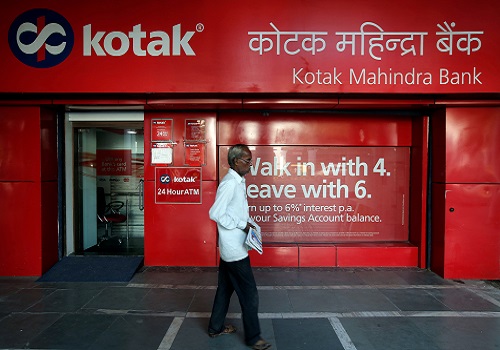

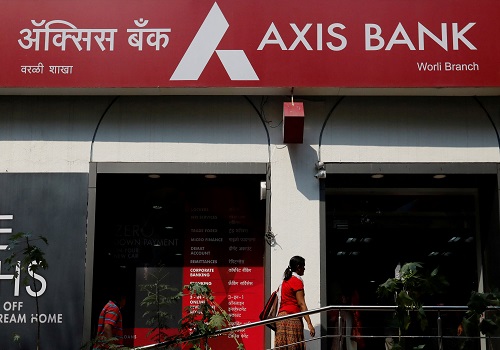




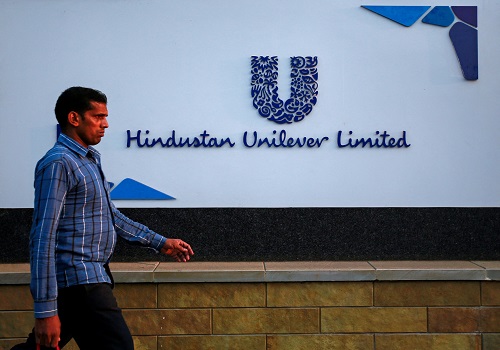
.jpg)








